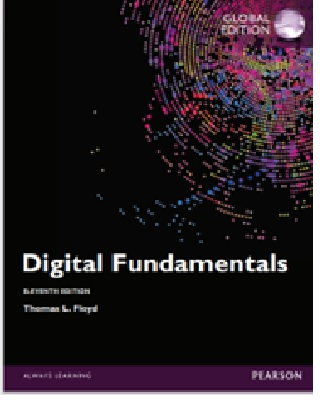- Htin PonSeik Quarter, Pathein Township, P.O.Box. 10018, Ayarwaddy Region, Myanmar.
- ucspatheinsiman@gmail.com/adminoffice@ucspathein.edu.mm
- +959453007009
The aims of this course:
The successful completion of this course, Student will be able to:
| Reference Book's Photo | Reference Book's Materials |
|---|---|
 |
“Digital Fundamentals”, (Eleven Edition) by Thomas L.Floyd |
| Assessment Plan for the Course | |
|---|---|
| Paper Exam | 60% |
| Tutorials | 10% |
| Lab | 10% |
| Lab Accessment | 10% |
| Quizzes/ Test | 10% |